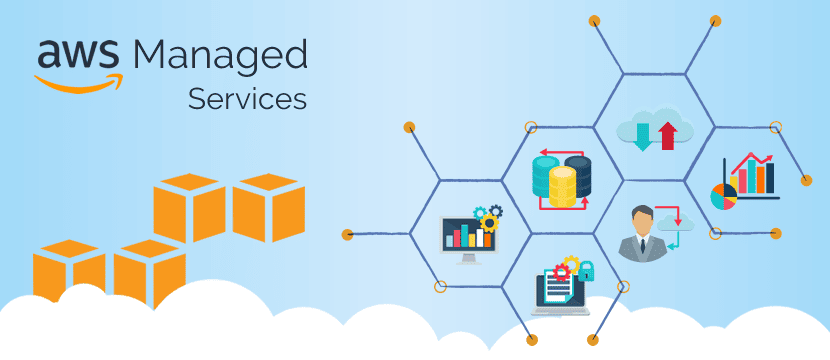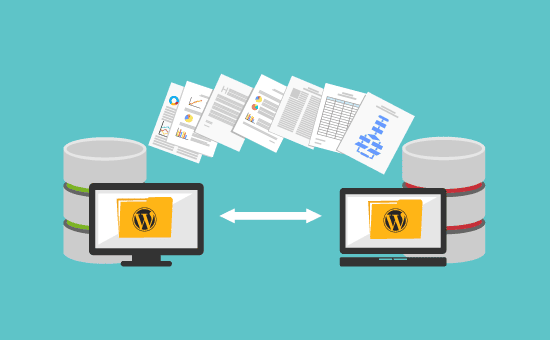Data Extraction at a Scale: Data extraction can be daunting, especially if you have a large company. It can become overwhelming very quickly if you don’t have a good way to manage and store that information.
Data extraction involves gathering information from multiple sources and organizing it into a database. This helps businesses save time and resources by reducing manual processes. A wide variety of fields use it, from business intelligence to marketing research to legal discovery.
Data extraction from various sources can be done in several ways. The most common way is through APIs (application programming interfaces). There are also other methods, such as scraping websites or using third-party tools.

Let’s learn the ten most effective ways to extract data on a scale.
Create a Customized Workflow
The amount of information stored in databases has grown exponentially over the years. In addition, the number of companies using these systems has also increased dramatically. Therefore, extracting data from these systems is highly time-consuming and resource-intensive.
To speed up the extraction process, you should consider creating a customized workflow. This way, you can automate the entire process and save valuable time.
Automate as Much as Possible
How much time do you spend manually extracting data from websites? This entire process should be automated if you do not want to waste time.
Data extraction is a tedious task that requires lots of manual effort. The problem is that it takes too long to complete, especially if you have hundreds of pages.
You can save hours by automating the entire process using automation tools. These tools allow you to crawl web pages and extract data without writing code.
The more automation you do, the more time and effort you save. It also helps you stay organized and focused on what matters most.
Find the Right Tools
Data Extraction techniques are an integral part of any business. The best tool for extracting data from multiple sources lets you combine the data from different sources.
The most common method involves using a browser extension called a “web scraper.” With a web scraper, you can collect data from websites automatically and save time. They also provide a way to automate tasks such as scraping data from multiple sites at once.
In addition to unstructured text extraction tools, several other tools are available. You should use one that works well with your needs and budget. When finding tools, look for these qualities that can save you time and effort:
- Open Source: Open source tools are safe and publicly available on the internet. It will save you money without purchasing a premium plan you may not need when starting. Small businesses that don’t require advanced functions are suitable for this tool.
- API-based: These kinds of tools are very advanced but simple to use. API-based tools are ideal for getting structured data without dealing with IP blockage. It handles proxies, captchas, and browsers to give you a seamless data-extracting feel using powerful scraping API.
- Document Parser: Document Parser allows you to extract structured data from documents accurately. Using this tool, you can create custom reports and extract information from media files quickly and easily. Using a document parser, you can convert PDF, Excel, or Google sheets data into JSON or other formats. Particularly useful for businesses storing data in media files.
- Browser-based: If you are a beginner data extractor looking for an easy way to extract data without handling the hard part, this may be ideal for you. The browser-based tool provides a simple UI (User Interface) to complete the job with minimal configuration. These tools basically follow the initial instructions you set and extract the data on full autopilot.
Leverage AI
Today, AI is being applied to solve problems in various industries. These include healthcare, finance, manufacturing, retail, transportation, and agriculture. A growing number of unstructured data sets are being mined. This helps businesses gain insights and create better customer experiences.
If you are looking to extract data from unstructured text, there are three main approaches:
- Natural Language Processing (NLP) – NLP uses machine learning algorithms to analyze natural language. It can identify keywords, phrases, and sentences within a document.
- Text Mining – Text mining involves using computer programs to find patterns in large data sets. It can also identify keywords, phrases, and sentences within a document and organize them into groups.
- Machine Learning – AI that uses machine learning allows computers to learn without being explicitly programmed. Through the use of past experiences, it is capable of making predictions.
Start Small and Slowly Grow
How much time does extracting data from a spreadsheet or database take? If you want to automate this task, you should start small and gradually increase the complexity of the tasks.
DEPs (Data Extraction Processes) don’t necessarily have to be large. You may achieve better results by starting with a smaller DEP because there will be less competition.
By doing this, you will gain knowledge and skills, as well as gain confidence. Eventually, you can scale up your efforts as you become more comfortable.
Document Classification
Document classification is the process of assigning categories to documents. Similar documents can be grouped into these categories.
There are several different ways to extract data in document classifications, each with its strengths and weaknesses. Here are some of the most common ones:
- Named Entity Recognition (NER) – NER is a method of identifying people, places, organizations, and other named entities within a given piece of text. NER is often used to identify companies, products, and services mentioned in a document.
- Text Classification – Text classification is a technique that groups similar texts into categories based on specific characteristics. These categories might be based on topics, authors, or other characteristics.
- Information Retrieval – Information retrieval is a method of searching through a database of documents to find relevant results.
Have a plan
Once you’ve decided how to approach extracting data from documents, you need to develop a strategy. When developing your plan, consider the following questions:
- What type of data do I need?
- How will I use the data?
- Where will I store the data?
- Who will access the data?
- How will the data be updated?
- Will there be multiple versions of the data?
- What tools will I use?
- Do I need to hire an expert?
A solid plan will help you overcome the complexity you may face when extracting data.
Allow Enough Time
Extracting data from a large database can be pretty time-consuming, especially when you are extracting data from the public domain. You should allow enough time for the program to complete its task. If you don’t, you may get inaccurate results.
If you require fast output, you may want to use a powerful computer that will aid in completing the task in minimal time. Rushing the process can clash with the program, thus having messy data that may require manual work.
Another way to save time and get the best results is using a cloud solution that can work on autopilot without human assistance. Some services offer cloud data mining even you can build your own by renting a cloud server and setting up your data extractor.
Pilot Your Data Extraction
Once you’ve identified the type of data you need, you’ll need to decide how much effort you want to put into extracting it. Depending on how you plan to use the data, only a few hundred records might be necessary. However, if you plan to sell the data to another company, you’ll likely need thousands to millions.
If you are having a data extractor team that typically extracts data from different sources you might need to hire a pilot that can lead the team and oversee the workflow so that everyone is on the same page.
Extract Only the Relevant Data
Businesses always struggle to extract only relevant and useful data. The automatic process can easily extract data but often lacks maintaining accuracy.
However, many times, the information gathered through these tools isn’t useful at all. The data collected is usually too broad and unspecific to provide meaningful insight. In other words, 50% of the information gathered is useless.
This can be eliminated by specifying tools to collect necessary data. This can be hard to configure, but a machine-learning model can help you overcome this slowly over time.
Conclusion
Data Extraction techniques are an essential part of modern marketing strategy. Companies should invest time and effort into finding the correct data to get the maximum amount of leads, sales, and customers.
That being said, if you are thinking of starting data extraction this guide will aid you in scaling the process with the right data mining tools.
Would you like to read more about Data Extraction at a Scale-related articles? If so, we invite you to take a look at our other tech topics before you leave!










